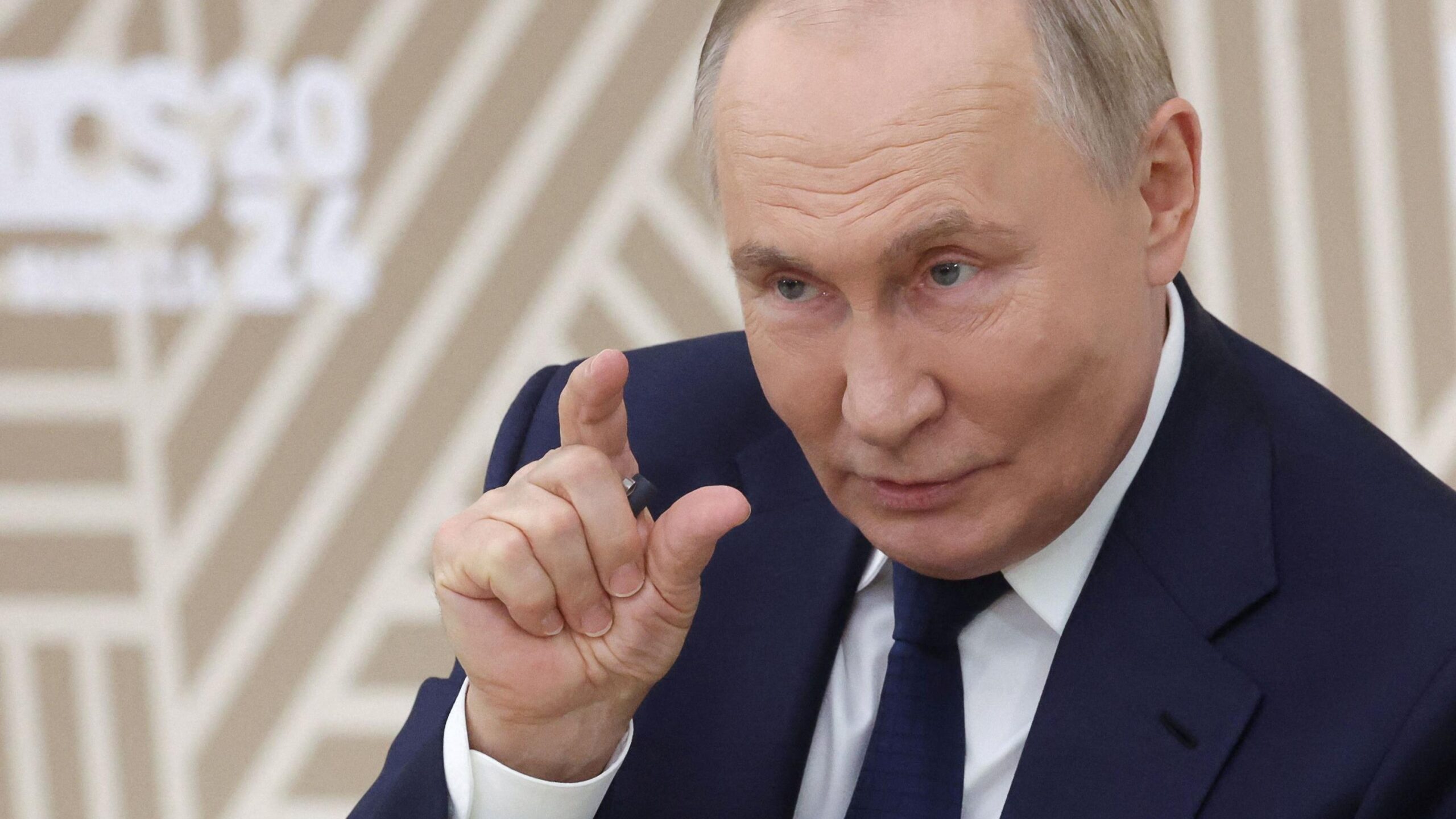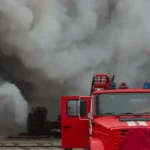After a massive rocket attack on October 10th, Russian President Vladimir Putin confirmed his plans to destroy Ukraine’s energy infrastructure before winter sets in. This strategy, referred to by experts as “energy terrorism,” aims to destabilize the country and make life unbearable for Ukrainians during the cold season. But what goals is the Russian dictator pursuing and how will these actions affect Europe?
Massive Strikes as Revenge for the Crimean Bridge
One of the key reasons for the recent attacks on the Ukrainian energy system was the explosion on the bridge across the Kerch Strait, which served as a “gift” for Putin’s birthday. In response to this event, strikes were carried out on major cities in Ukraine: Kyiv, Kharkiv, Lviv, Dnipro, and Khmelnytskyi.
Political analysts see this as an act of revenge. However, experts also emphasize that even without the bridge explosion, Putin planned to destroy Ukraine’s energy system to subject the country to a harsh winter.
Energy Collapse: Putin’s Strategy
According to analysts, Putin is following his classic scenario – attempting to drain Ukraine by destroying its infrastructure and pushing Ukrainians towards mass migration to Europe. This will result in refugee flows and create additional social problems for European countries. Thus, Putin is trying to destabilize Europe and strengthen radical political forces that may become his allies.
Furthermore, the terror policy against Ukrainian energy is not only aimed at Ukraine. The disruption of energy supplies to Europe is also part of this strategy. By reducing gas and oil deliveries from Russia, Europe is forced to prepare for winter by seeking alternative energy sources.
Europe under Threat
Analysts rightly believe that Putin is trying to use the energy crisis as a lever of influence on Europe. Depriving EU countries of access to Russian energy resources, along with the influx of refugees, could increase dissatisfaction in European countries, creating favorable conditions for pro-Russian forces to come to power.
Ultimately, political scientists warn: if the Putin regime retains its power, it will not only continue to undermine Ukraine but also try to destroy Europe without even resorting to nuclear weapons.
The West’s Response: What’s Next?
The international community’s response to these events remains undecided. The question is whether Western countries are willing to provide Ukraine with the necessary weapons to protect its energy infrastructure or even strike Russian targets. However, such a step risks provoking an escalation of the conflict and even leading to a nuclear war.
Terror Masked as “Targeted Strikes”
Despite Putin’s claims that the missile strikes were supposedly aimed only at military targets, the facts speak otherwise. The attacks targeted the energy infrastructure, confirming Russia’s intention to leave Ukraine without light, heat, and electricity in winter. Meanwhile, the Russian Ministry of Defense continues to talk about alleged “targeted strikes,” which only underscores the duplicity of Russian policy.
Joint Deployment near Ukraine’s Borders
While Russia continues its massive missile strikes, another threat emerges – the deployment of a joint Russian-Belarusian military grouping near the Ukrainian borders. This may indicate preparations for new offensive operations, as well as Putin’s desire to open a new front in the war.
Terror as the Primary Weapon
Putin’s strategy remains unchanged – to use terror to achieve his goals. Mass strikes on Ukraine’s energy infrastructure not only complicate the lives of millions of Ukrainians, but also pose serious threats to Europe’s security.
Nevertheless, despite all the challenges, Ukraine continues to defend itself and receive support from the international community. Whether Europe will withstand this new energy challenge will be shown only with time. But one thing is certain: the fight for Ukraine’s energy security is also a fight for the future of all of Europe.


